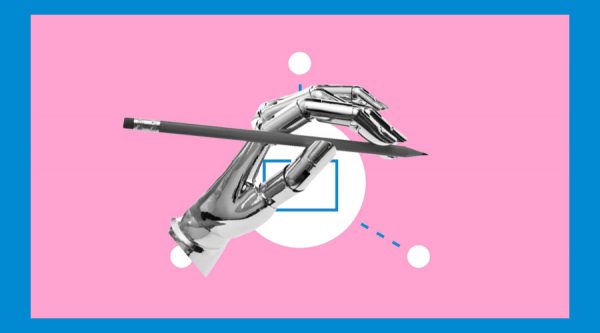It is no secret that artificial intelligence now permeates almost every facet of our life, having evolved from a purely futuristic technology. Every industry in the world has been impacted by AI, but nowhere is this transition more apparent than in the IT industry. IT organisations have been compelled to become more innovative and nimble as traditional IT infrastructure becomes more complicated and consumer expectations grow more specialised and sophisticated. And the industry has been utilising the power of AI to produce better solutions in order to improve operations and quicken problem-solving. Despite this change, the majority of industry insiders think this is just the beginning.
Information technology and artificial intelligence are a perfect match.
Due to their interconnectedness, AI and IT may initially seem to be interchangeable, but deeper inspection reveals that they have unique personalities. While IT systems are all about storing, analysing, and sending massive amounts of data, AI and ML are supposed to perform human-like activities like learning, finding patterns, processing information, and speech recognition. Thus, AI offers the IT sector a way to grow its functionality and change its static systems into intelligent ones.
Here are some of the most obvious changes that AI will bring about in the IT sector.
Better and Safer Information System Development: Traditional approaches to deal with cybersecurity are no longer sufficient due to the increasing integration of IT systems across corporate boundaries (vendors, partners, and customers), the use of SaaS applications, and the sophisticated nature of security threats. Businesses now require adaptable and self-aware systems to handle potential security risks and data privacy concerns. With their capacity to map user behaviour patterns and identify anomalies using the massive amounts of data from various sources, AI technologies can not only notify IT managers of dangers but also temporarily isolate them by limiting access to key systems and data. As a result, both the operations of the IT sector and those of their clients will increasingly use AI.
Similar to this, AI can assist programmers in writing better, error-free code, leading to better, more effective information system structures. Different algorithms used in artificial intelligence can help programmers write code and fix glitch-causing software issues.
Improved Customer Service: A successful firm is frequently regarded as being built on excellent customer service. It has evolved over time from being a manual task requiring human customer support representatives to becoming highly automated. Companies are leveraging Natural Language Processing (NLP) skills to improve virtual assistants (VAs), making them more “context-aware,” even if VAs are already in use. Virtual Assistants may now assess a company’s input data and historical patterns and offer users accurate suggestions and answers to their problems as a result of AI.
The use of computer vision, or CV, technology to process photos, videos, sounds, and other types of dynamic data pushes the boundaries even further. The only difference between ML algorithms and human eyesight is that ML algorithms are more faster and more accurate. Al can therefore be a potent tool for IT experts and organisations to optimise their services and give their consumers a better experience.
AIOps: Businesses want a one-stop solution that streamlines their IT operations management, and AIOps are these platforms. This is because of the growing complexity of the global IT landscape and the introduction of new types of workplace models, such as hybrid work. They are “platforms and software systems that combine big data and AI or machine learning functionality to enhance and partially replace a wide range of IT operations processes and tasks, including availability and performance monitoring, event correlation and analysis, IT service management, and automation,” according to Gartner. AIOps basically breaks down the silos that IT systems frequently function in and uses big data, ML, and analytics to automate a tonne of data, eventually producing a multi-level platform with full insight.
It follows that IT operations will rely on artificial intelligence in 2023 and the following years to guide them through the more challenging digital terrain.









